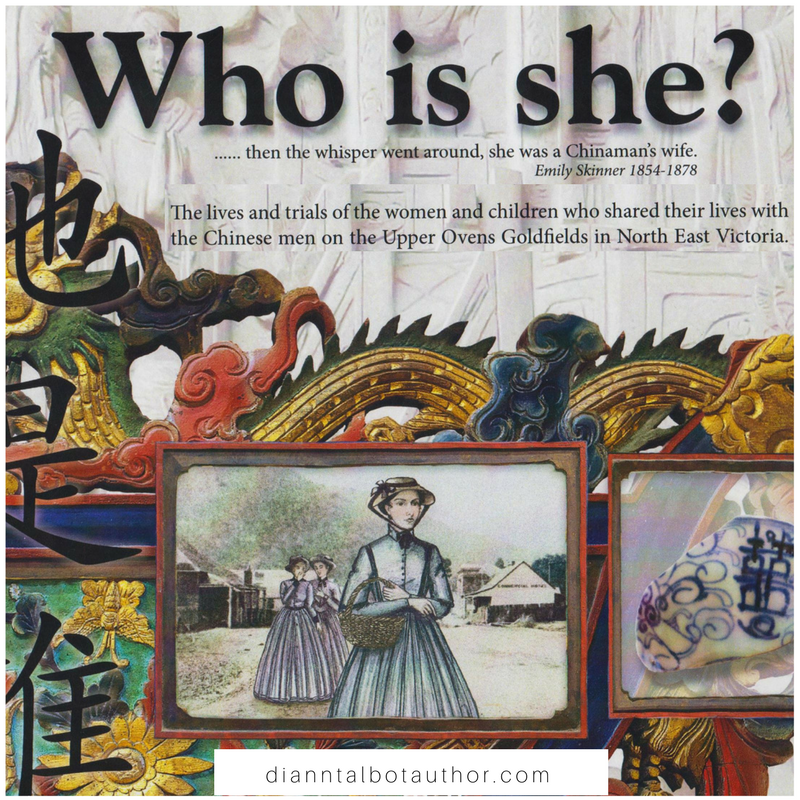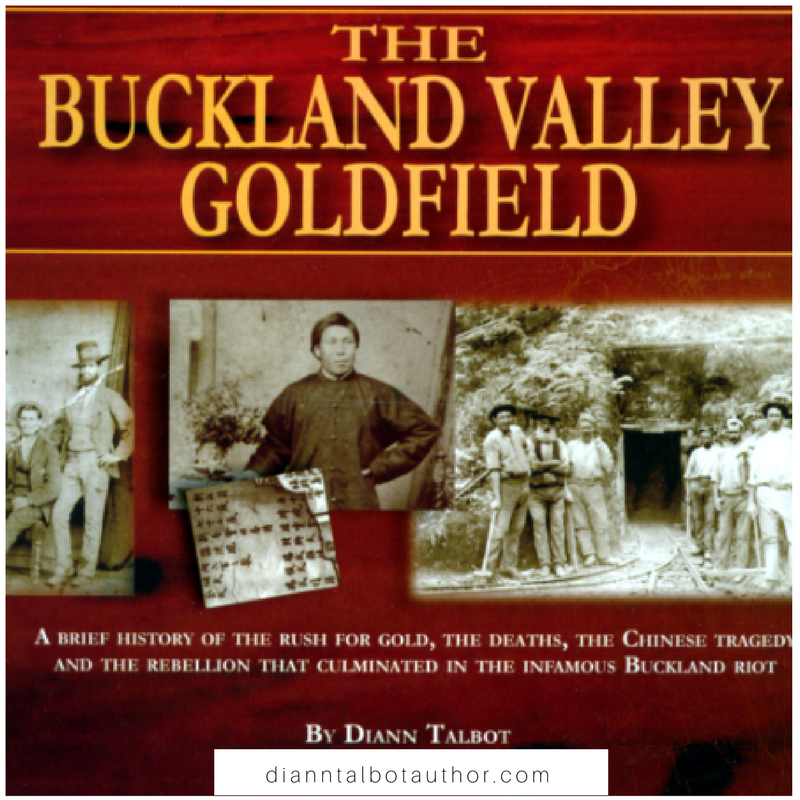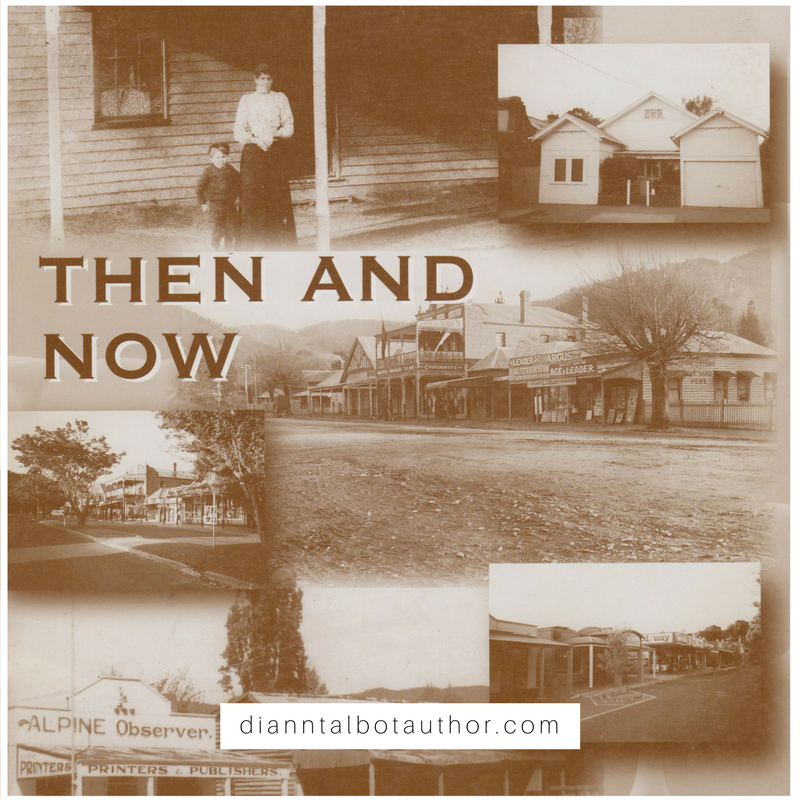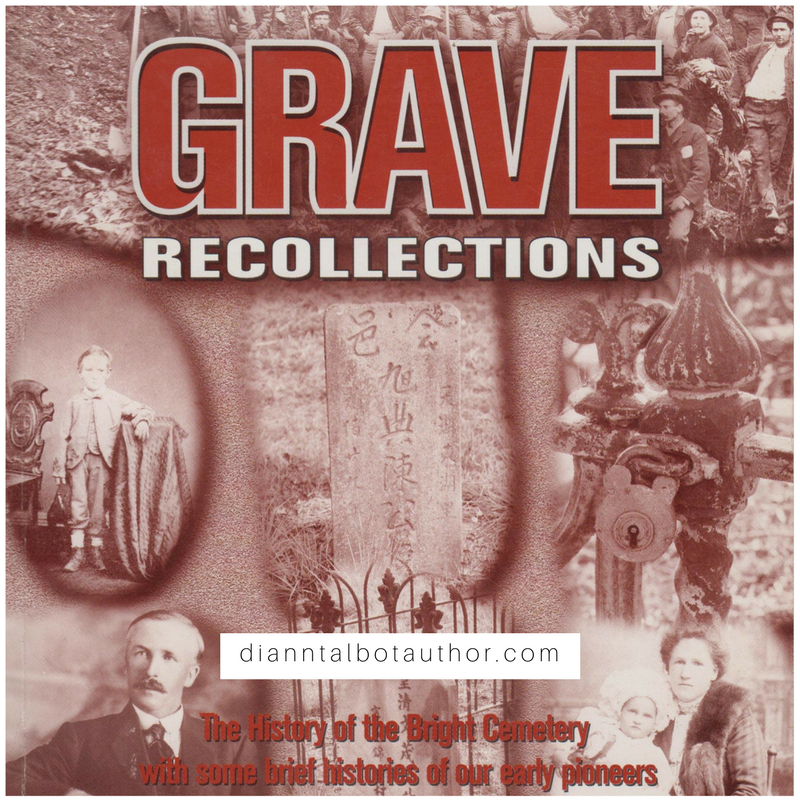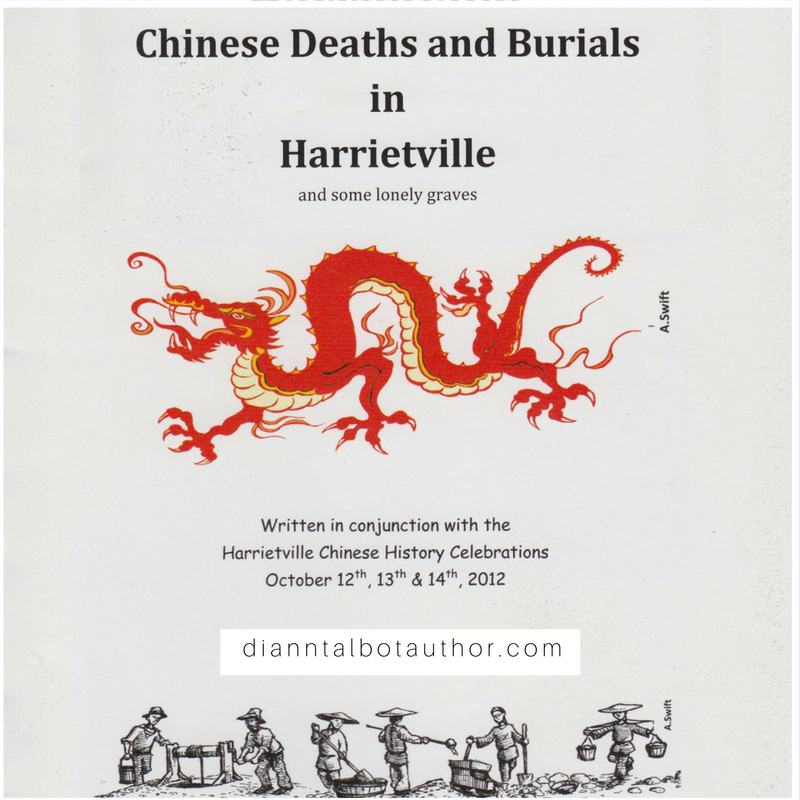The Buckland Valley Goldfield
The News Is Out
When the first reports of a new rich gold field in the Upper Ovens started to leak out no-one really knew exactly where to go. Somewhere, it had been rumored that an unknown party of diggers were supposed to be finding huge amounts of gold. The majority of those seeking this new rush were reported to be wandering all over the country.
The resident Commissioner at Beechworth reported;
The majority are wandering all over the country in search of a party who were supposed to be making 30 ounces of gold a day.[1]
An American from New York, Henry W. Pardoe,[2] and his party have been long accredited with the discovery of the Buckland goldfield. “The chief attraction of the Buckland Valley has been its rich deposits of alluvial gold, which were first discovered in July 1853 by Pardew and party, including six men who left Spring Creek, Beechworth, with the intention of prospecting the Buffalo River.” [3] When William Howitt visited the goldfield in January 1854 he described Pardoe as “a middle sized, dark complexioned man in the prime of life, clear skin and lively eyes denoting an active and energetic nature”. [4] Where Pardoe went or what he did after his days in the Buckland is hard to determine. It is possible that he may have gone back to America, or did he become one of the many to perish on the Buckland goldfield? William Howitt did hint that although Pardoe was in the prime of his life the effects of constantly being immersed in water and standing long hours in the hot sun was beginning to take its toll.
Pardoe and his party were savvy enough to know that as soon as word got out about their discovery, the Buckland River would be rushed; something they were desperate to delay for as long as possible. Soon after their discovery the group had to return to Beechworth for enough supplies to enable them to “hole up” in the Buckland for several months, enough time (they thought) to make their pile. Of course there were always the “eagle eyes” watching out for any party that might have a look of success about them, hovering about the gold office and the hotels, keeping their eyes and ears peeled. Pardoe’s little group would have certainly attracted attention as they left Beechworth. Their pack horses heavily laden with supplies and equipment would have aroused some interest, but more telling would have been their high spirits which were probably evident despite all their best efforts to appear normal. The modern day equivalent would be akin to winning the “big one” in Tattslotto and trying to keep it a secret.
When they left Beechworth, the group decided to take the scenic route back to the Buckland via Buffalo River, rather than the more direct and most obvious way. Their purpose was hopefully to deceive all these “tag alongs” into thinking that they were prospecting somewhere in the Buffalo River area, where an earlier unsuccessful rush had been. When they were sure they weren’t being watched they turned East over the rugged ranges and towards the Buckland Valley. Their journey over the ranges was not without incident, for as they crossed over the mountain a violent storm hit. In his book William Howitt reported that huge hail stones, three to a billy, pelted down on them. The poor horses were so terrified that they broke away and one of the party who was struck on the head by a hail stone soon sported a lump as large as a hen’s egg. Another member of the party was sure it was an omen or sign that the land was not meant for white man and began to say his prayers.
The Howell family history maintains that William Howell was among the first to explore the Buckland. An unsigned account headed, “Early Days on the Buckland” appeared in the Ovens and Murray Advertiser on the 4th of September 1866. An extract from this account states, “Early in the summer of 1853 the first well organized party who explored the Buckland consisted of Messrs Frank Scott, William Howell and Daniel Ward, along with the brothers Thomas and David Bell”. From the same account comes the information that they had to pack provisions from Spring Creek (Beechworth) picking their way through thick scrub. The party reportedly started mining near the mouth of Murray’s Creek which was not far from where Pardoe and his party were said to have their mining operations. Maybe they were all there about the same time, sneaking over to Beechworth for supplies and keeping their finger crossed that their little secret would remain so for a bit longer.
As much as they contrived to keep their fabulous find to themselves it was inevitable that they would be discovered. History has it that it was one of Pardoe’s party who inadvertently betrayed their whereabouts. Apparently, one of the group journeyed back to Beechworth for more supplies but unfortunately the temptation of the bottle overcame his good judgment and the shopping list was forgotten. Before long, with his tongue well loosened with spirits, the poor fellow was practically spruiking on the street, telling all and sundry that he and his mates were getting five pounds of gold per man per day in the Buckland.
When he realized what he’d done it was too late. Before he had a chance to pack the horses for the return journey the news had spread and a number of diggers had already congregated, ready to follow his every move. He returned to the Buckland, no doubt embarrassed by his indiscretion and a reluctant guide to the many eager diggers who would have stalked his tracks back to the Buckland.
By December 15th Sub-Inspector of Police, Samuel Furnell, stationed at the newly established Police Camp, Buckland River, reported that there were about 500 miners at work and more were arriving in very great numbers. He felt certain that a very strong Police Force would be necessary and recommended that foot constables would be of more use than mounted men as the nature of the country made it nearly impossible to travel on horseback.[5]
THE NEWS WAS OUT!
Extract from The Buckland Valley Goldfield by Diann Talbot
[1] Latrobe Library D53/11.320
[2] Also spelt Pardo, Pardew
[3] Mines Dept. of Vic. Unpub. Bulletin, John Easton 1912
[4] Land, Labour and Gold, William Howitt
[5] D53/11.630 Latrobe Library

